- BY tictac
- POSTED IN Blog
- WITH 0 COMMENTS
- PERMALINK
- STANDARD POST TYPE
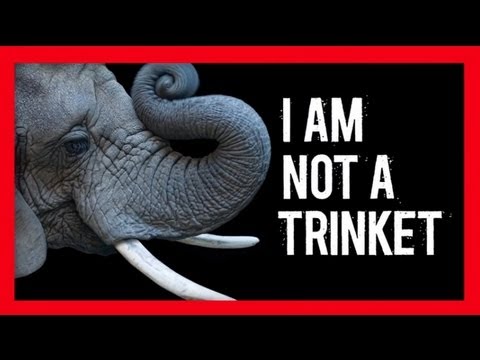
- From the Americas, to Asia, to Africa; wildlife trade is unfortunately still common in many continents. It is a big business, bringing in estimated billions of dollars of illegal revenue.
- The golden triangle of Laos, Thailand and Myanmar is a global hub for illegal wildlife trade and trafficking.
- China is the largest importer of illegal wildlife and animal products, driving demands for animals from around the world.
Despite wildlife trading restrictions, and laws put in place to deter poaching and selling, the illegal wildlife industry is still prevalent in many countries. All around the world, animals are being poached, killed and endangered for profit. Some of the most prominent wares on the black market include ivory from elephants, rhino horns, tiger bones and pelts, pangolin scales, shark fins and bear bile. Many of these animals are classified as endangered or vulnerable species, and the continued slaughter of these creatures is, in many cases, threatening their global population.
Animals are hunted and traded for a variety of reasons. Some are captured alive, and traded into zoos, petting farms or as exotic pets. The animals often suffer trauma during this experience, leading to illnesses or death, or, in cases of survival, a cruel life in captivity. In other cases, the animals are killed or maimed. Items like elephant tusks are carved for jewellery or decorative purposes while big cats are hunted for pelts, claws and fur. Various animal parts, such as scales, horns and bones are used for homeopathic healing, and certain animals are simply hunted as edible delicacies.
Here is a list of some countries where illegal wildlife trade is a major threat to their wildlife.
South Africa
South Africa has an abundant population of wildlife. Because of this, South Africa has found itself high on the list of illegal wildlife trade. Due to the accessibility to wildlife, as well as South Africa’s location within Africa, trade between surrounding African countries is extremely common, and large cats like lions and cheetahs, are easily moved across borders and worldwide. The most rampant form of wildlife trade in South Africa is that of the rhinoceros. These endangered animals are poached and captured for their horns, which are used in various traditional Chinese remedies and Asian medicines, as well as simply as a symbol of status in many countries. Rhinoceros poaching is still a large problem today. The rhinos are poached and killed, all for the purpose of obtaining their horn. For this reason, black rhinos are still considered a species highly at risk.
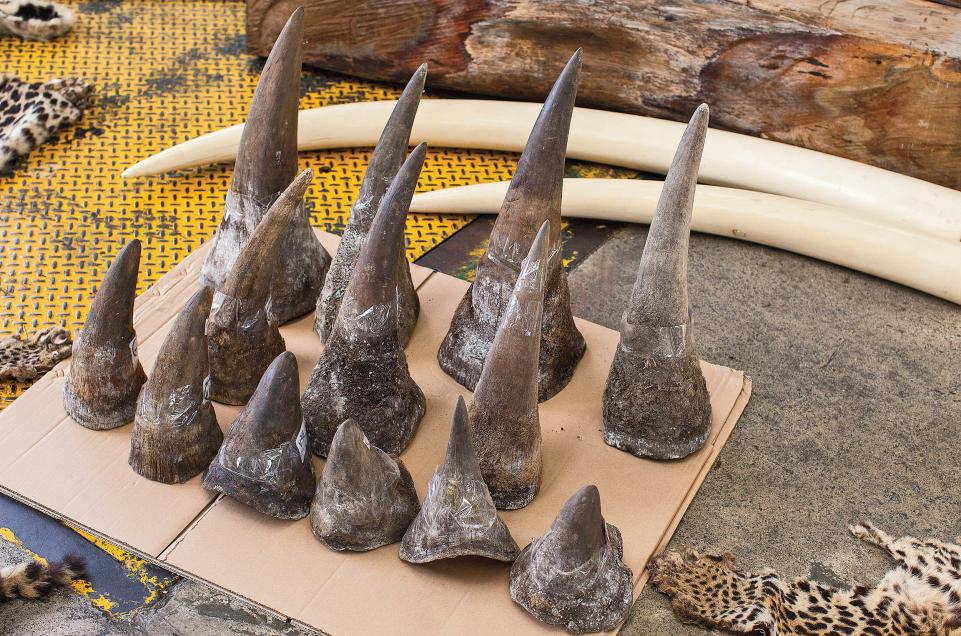
Mozambique
Mozambique, like many southern African countries, is still very much involved in the illegal trafficking of wildlife. Here, it is elephants as well as rhinoceroses, that are the primary target. Elephants make up the largest single-species category for illegally poached wildlife. They are the most commonly hunted and traded animals, as they are sought after worldwide for their ivory horns.
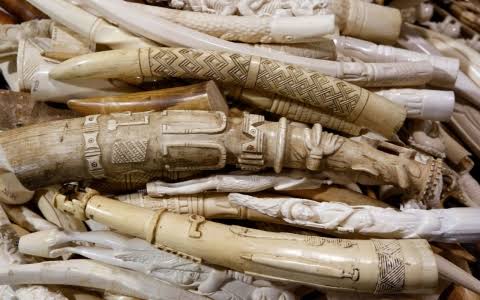
Kenya
Kenya is also a big player in the ivory trade business. Like many countries in Southern Africa, rhinoceroses and elephants are targeted for their horns and tusks. Sometimes poachers are Kenyan natives, but it is not uncommon for foreign poachers from surrounding countries such as Somalia to hunt and trade these animals, trafficking and smuggling them from port harbours and across borders. Because of this, Kenya has some of the harshest laws and punishments for smugglers. Animals such as elephants, rhinos and big cats play a major role in Kenya’s tourism, so the government has been stepping up conservation efforts in order to preserve the country’s natural wildlife.
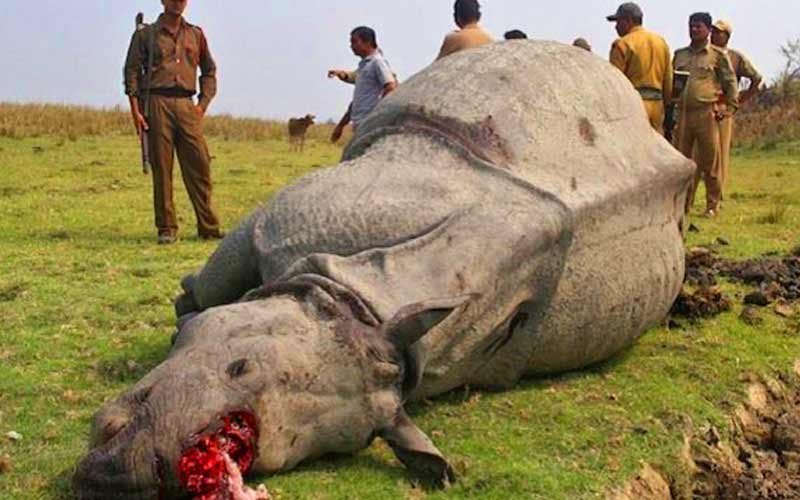
Uganda
Uganda is also home to wild elephants, and like so many African countries, sees persistent poaching of these majestic animals. Additionally, though, Uganda sees a great deal of hippopotamus trading. Hippos are hunted specifically for their teeth, and a steady stream of trade exists between Uganda and Hong Kong, despite the trade of hippo teeth being banned in 2014. Uganda is also one of the countries that deals heavily in pangolin trade. Considered the most illegally traded mammal in the world, all species of pangolin are at risk, and Uganda has seen a huge spike in capture, poaching and trade of these unique creatures.

Picture Credit: Tinus Lindeque Hunting & Safaris
China
China has the world’s largest wildlife markets, and a booming industry of wildlife trade – both legal and illegal. From open markets to international trade, it is one of the most well known countries to take part in animal trading. This is in part due to the continued prevalence of traditional Chinese medicines, and homeopathic practices which use various animal parts and byproducts. Everything from bear bile to rhino horns, tiger bones and pangolin scales can be found across Chinese markets. Poaching of local animals is just as much of an issue as trade, as China imports a large number of endangered or vulnerable species from the global underground market.
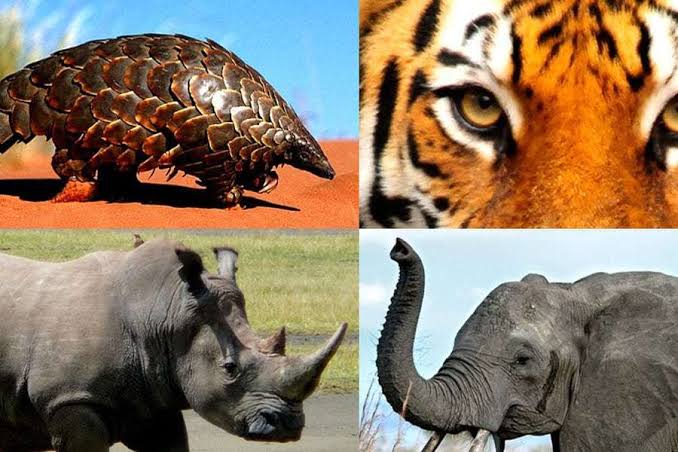
Myanmar
Myanmar is unfortunately known for being a dominate global hub of illegal trade. Forming one third of the notorious illegal wildlife market “the golden triangle”, it is a high traffic area for smugglers and wildlife trade. Myanmar also has large forested regions which tend to be more intact than many of its more developed neighbouring countries, meaning wildlife is found more readily and abundantly. Tigers are a big part of Myanmar’s illegal trade, as are Asian elephants which are hunted for their ivory, and the increasingly popular pangolins, which are traded for meat, skins and scales.

Thailand
Thailand is a country where many things that are otherwise illegal are either not prohibited, or laws are loosely enforced. This is very evident when it comes to wildlife trading. There are a large number of animals, either endangered or vulnerable, the trade of which is either not protected or not monitored in Thailand. It has a booming trade business, and is also a popular transit point for smugglers to route their wares and animals through, in order to avoid laws and limitations found in many other countries. Pet tigers, elephants, pangolin scales, exotic birds and mammals, and so many other species have travelled through Thailand, reinforcing this trafficking trade.
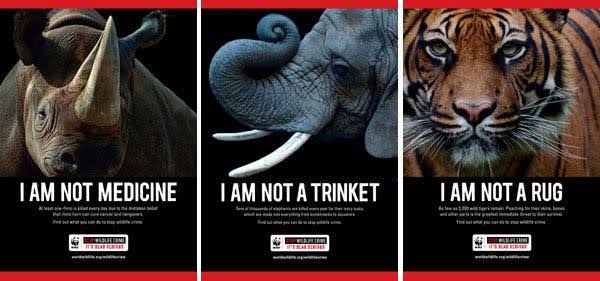
Laos
Laos, one of the three countries in the so called “golden triangle,” is also a global hub of wildlife trade. Tigers are one of the most trafficked animals in Laos. It is not uncommon to see tiger farms, or zoos that are really fronts for tiger and big cat breeding. Many of these tigers are breed, much like livestock, for the soul purpose of slaughter. Tigers are killed for their skins, tails, bones – and any number of other parts – and sold globally. Enforcements are trying to crack down on this illegal farming and trading, but more tigers still exist in captivity today than in the wild, a statistic to which Laos contributes greatly.
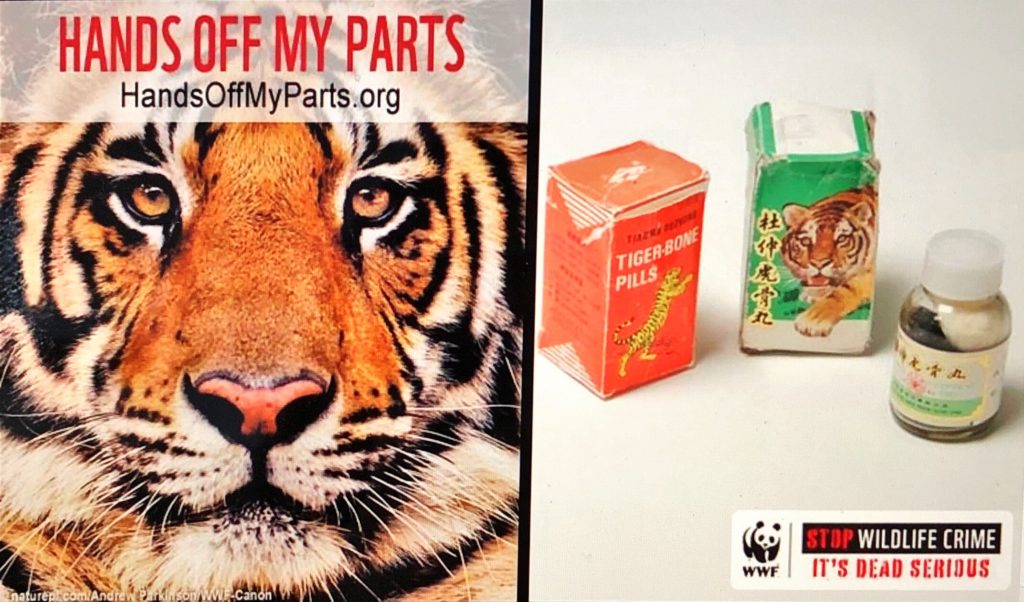
Vietnam
Vietnam is the top importer of rhinoceros horn in the world. These horns are usually ground for medicinal uses and are thought to have healing powers. Because of this, Vietnam is directly effecting poaching rates.Vietnam is also known for keeping poor regulations on tiger raising and trading. Like Laos, Thailand, and other South Asian countries, regulations on big cat trade is lax or often overlooked. This means these majestic creatures are often kept in captivity, traded globally, or raised on farms for slaughter.

India
India also has a significant role to play in the global wildlife trade. While there are wildlife markets in various Indian cities, the biggest problem for India is the demand for its animals by other countries. Over the last few decades, India has received significant pressure from China to export many of their big cats and megafauna. Tigers, leopards and other big cats are in high demand for their claws, skins and bones in various Asian countries. This has driven up the poaching and trading rates of many endangered wild cats. Indian elephants have also felt the pressure, and have been known to be poached all across India.
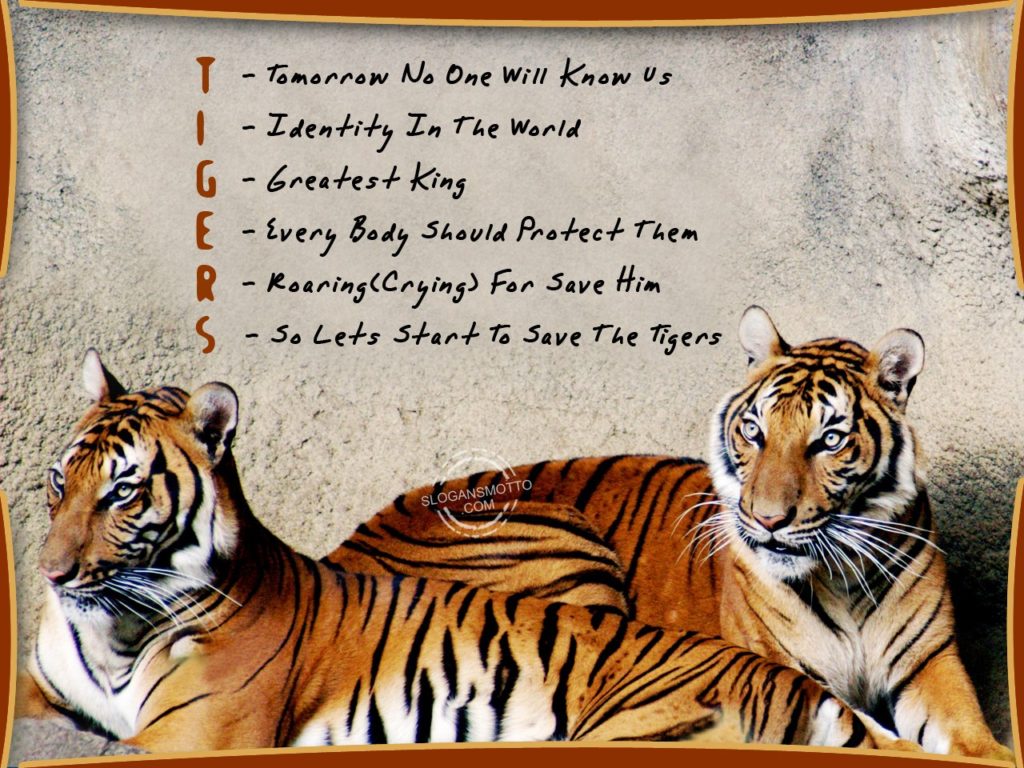
Curbing The Illegal Trade Is Vital To Survival Of Wildlife
Overall, organisations such as the WWF, National Geographic, Traffic and various governments have been working towards highlighting these high traffic areas and non compliant countries. Efforts to preserve endangered species and reduce the illegal wildlife market have seen improvements in some areas, but the capture, killing and selling of wild animals continues to be a billion dollar industry that itself is adapting and changing to evade capture and punishment. It is only through continued education and lack of consumption of prohibited products that we can begin to reduce this rampant and violent industry.
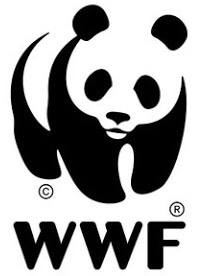

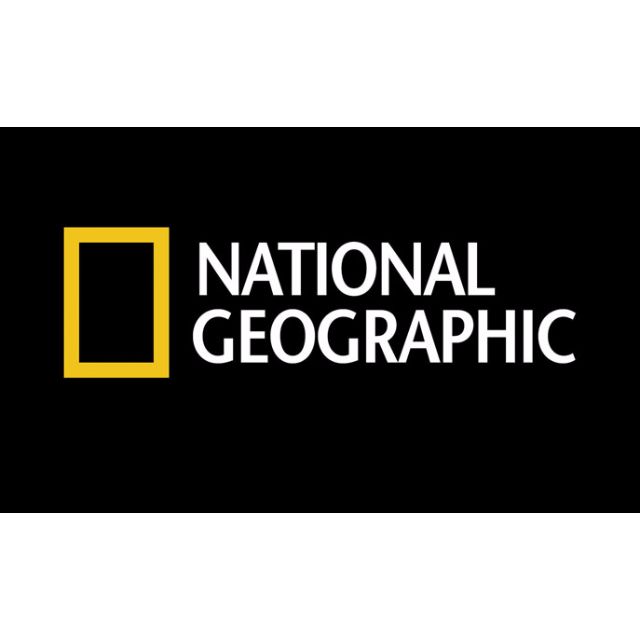

Article Credit: Carly Dodd

